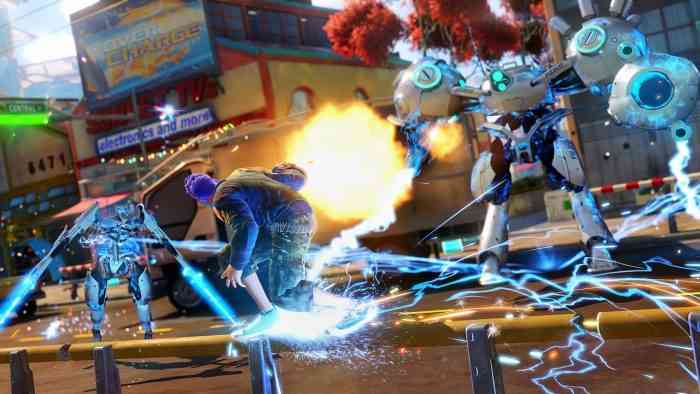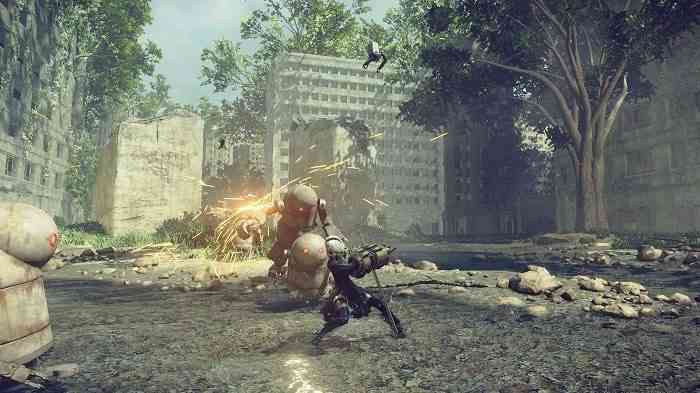Project Scorpio Will Need More Than Just Power to Truly Succeed
Last week ended up being a memorable one for Microsoft, as they officially released the specs for their next console, Project Scorpio. Featuring a CPU composed of eight x86 cores and 12GB of GDDR5 memory (which clocks in at 4GB more than the PS4 Pro), Project Scorpio isn’t lacking in the power department. It’ll be far and away the most powerful console when it launches later this year, as it bests all of its competitors in the console realm.
That’s all well and good, but is power alone enough to make Project Scorpio into a contender? I don’t believe so at this point, and it seems that Microsoft knows this as well. One big reason why the specs were likely revealed now instead of at E3, is so Microsoft can focus on what will get players back into the Xbox ecosystem — games and features. After all, the days of E3 press conferences being filled with numbers and graphs are behind us, and Microsoft will need a big showing in order to continue to regain the momentum they’ve lost with the Xbox One.

For Project Scorpio, and in extension the Xbox One, to be a success, Microsoft will need to bolster their lineup of exclusive titles. In the first four months of 2017, Microsoft only had Halo Wars 2 as a marquee title. While Creative Assembly’s real-time strategy turned out pretty great, it paled in comparison to what their main competitor offered up console-only players. From Sony published titles like Nioh and Horizon Zero Dawn to third-party efforts that include Persona 5, Yakuza 0 and NieR: Automata, Xbox owners haven’t been able to play some fantastic titles on their console of choice.
The good news is that this can change, and Microsoft is a company that has the resources to make it happen. Since they simply don’t have enough first-party studios to be releasing more than a handful of exclusives each year, Microsoft will have to reach out to third-party developers in order to secure exclusives. This has worked out great for Microsoft in the past (two recent examples include Halo Wars 2 and Sunset Overdrive), and the company can generate some much needed good will by funding sequels to beloved titles that wouldn’t otherwise get one (similar to what Nintendo did with Bayonetta 2).
Major exclusives like Crackdown and Forza will always be a big deal for Microsoft, but it’s also important to make sure Xbox-only games are released at a steady pace. Microsoft Studios only published three digital-only titles in 2016 (with Killer Instinct: Season 3 essentially being DLC, and Ori and the Blind Forest: Definitive Edition being a re-release), and that number simply isn’t acceptable. Microsoft needs to do a better job of making sure they have smaller exclusives releasing at a steady pace, and they would do well to work alongside promising indie developers like Sony has recently. These are games that won’t sell systems by themselves, but once there’s enough of a library, Project Scorpio can become a system that can’t be ignored by anyone who truly loves gaming.

While exclusives are obviously important, they ultimately make up a small amount of a console’s library. Most games end up being multiplatform releases, and this is where Microsoft can really strike big if they play their cards right. With the extra power that Project Scorpio is packing, there’s no reason for third-party releases to not look and play best on Xbox. Sony has already set a precedent with the PS4 Pro, and developers have shown that they don’t mind supporting the more powerful system as long as it isn’t complicated to do so. As long as Microsoft makes Project Scorpio easy to develop for, they shouldn’t have much of a problem getting better looking versions of big releases, considering it won’t be matching the power of high-end PCs.
If Microsoft can make Project Scorpio the best place to play games for console players, then that’s a major ace up their sleeve. In order to fully capitalize, they’ll also have to work with third-party publishers to make sure that multiplatform titles don’t skip Xbox One. If 2017 has shown gamers anything, it’s that Japanese developers still have plenty of life. Microsoft will need to work with these companies and ensure that games like the PlatinumGames developed NieR: Automata manage to come out on their system. The Xbox brand may never become a huge success in Japan, but that doesn’t mean that those games can’t be successful in other territories. It’s up to Microsoft to make sure that gamers of all tastes have something to play on Project Scorpio.

Beyond the gaming library, communication will also be key for Project Scorpio. Tone-deaf marketing dug the Xbox One a hole it hasn’t been able to climb out of, and they can’t manage to make that same mistake here. Thankfully, this is one area where Xbox has improved a lot under Phil Spencer. Still, Project Scorpio is in a rather strange spot. It’s a premium gaming device meant for hardcore gamers and 4K enthusiasts, but one that will never be able to compete with a top-tier PC in terms of power. There’s still a sizable market for the device, especially if priced appropriately, but communication will be key. Microsoft needs to drum up interest in Project Scorpio, and if their messaging isn’t on point it won’t matter what impressive hardware it has under the hood.
There might be more questions than answers surrounding Project Scorpio at the moment, but that will change at E3 2017. All eyes will be on Microsoft to deliver a stellar conference, and they can’t afford to disappoint. As long as Xbox supplements their powerful new console with can’t miss games and manage to intelligently market it, then this gaming generation will get a lot more interesting very quickly.